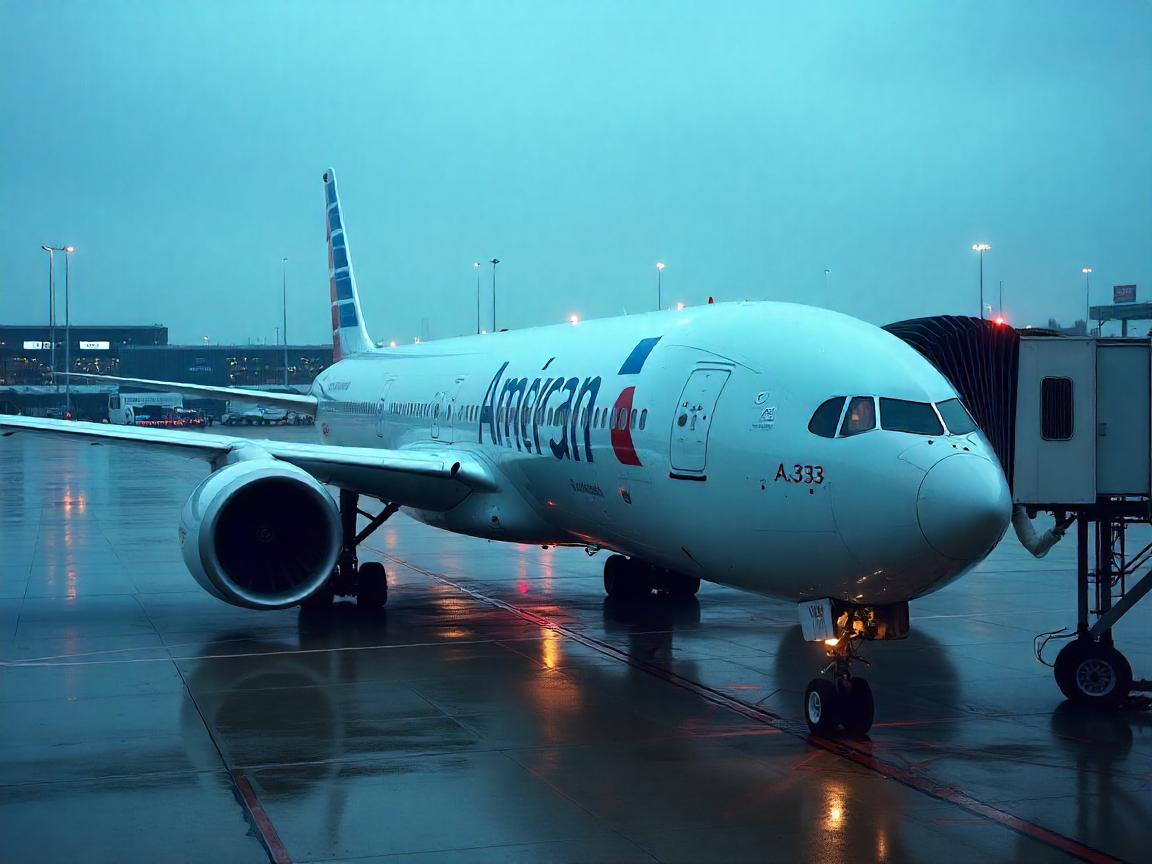Alaska Airlines Ground Collision at Seattle-Tacoma Airport Raises Urgent Questions About Aviation Safety and West Coast Tourism Reliability - Travel And Tour World
Sunday, May 18, 2025

A routine Saturday afternoon at Seattle-Tacoma International Airport turned unexpectedly tense when two Alaska Airlines Boeing 737s made contact during ground operations. While no injuries were reported, the minor collision has sparked a deeper conversation about aviation ground safety, traveler disruption, and the wider implications for the U.S. tourism sector, especially along high-traffic West Coast routes.
The aircraft, one a 737-800 and the other a 737-900, were scheduled to depart for California destinations—Orange County (SNA) and Sacramento (SMF)—when their wingtips clipped during pushback operations. Ground-service tugs were maneuvering both jets at the time.
Though the incident was labeled “minor” by Alaska Airlines and the Port of Seattle, it comes amid a rising number of similar accidents, drawing attention to the increasing complexity of airport logistics and its effect on tourism flows.
Seattle-Tacoma International Airport (SEA), a critical West Coast travel hub, is one of the busiest gateways in the United States, serving millions of travelers annually. It’s a key launch point for both domestic and international tourism, with strong routes to California, the Pacific Northwest, and Asia.
The incident occurred just after noon on May 17, a weekend travel peak. Despite its low severity, any disruption at SEA affects a wide network of connecting flights, vacation itineraries, and cruise departures tied to the Seattle area.
Both impacted flights were bound for California, another cornerstone of U.S. domestic tourism. Travelers on board were disembarked and rebooked, but not before experiencing delays and schedule changes that could ripple into hotel bookings, car rentals, and onward travel plans.
Alaska Airlines confirmed that ground-handling crews were responsible for maneuvering the jets when the collision occurred. The Federal Aviation Administration (FAA) has initiated an investigation to determine the precise cause and evaluate adherence to operational safety protocols.
Such incidents are not uncommon—but they are increasing. Industry experts cite:
At airports like SEA, where simultaneous gate pushbacks and high-density aircraft movements are standard, ground incidents can lead to costly repairs, insurance claims, and — most significantly — disruption of passenger confidence.
On board both aircraft, passengers remained calm, with crews quickly reassuring travelers and coordinating a safe return to the terminal. While no injuries were reported, affected travelers expressed disappointment, particularly those with tight connections or planned weekend getaways.
Kassie McKnight-Xi, spokesperson for the Port of Seattle, described the event as a “minor contact” that did not significantly affect airport operations. However, passengers experienced delays as aircraft were inspected and alternative flights arranged.
The smooth handling of the situation demonstrates effective emergency readiness, but it also emphasizes the growing need for automation and better coordination among ground teams at large airports.
This incident is not isolated. It follows a pattern of similar accidents across major U.S. airports in 2025:
Each of these events involved no injuries, but all raised operational questions about how busy airports manage simultaneous aircraft movements, especially during peak hours.
Alaska Airlines has built a reputation for reliability and customer satisfaction, especially on West Coast routes. However, a publicized incident—even one without casualties—can influence booking patterns in competitive airline markets.
Travelers may begin questioning whether high-frequency hubs like SEA can maintain safety alongside efficiency. Tourism boards in Washington and California may also need to monitor traveler confidence, especially with the summer travel season underway.
Tourism and travel impacts:
For regions like Orange County and Sacramento, which rely on both business and leisure air traffic, consistent flight operations are critical to supporting hotels, attractions, and local businesses.
The FAA’s investigation will examine ground crew training, communication logs, and potential procedural lapses. Experts believe this incident, along with others in 2025, could lead to:
Seattle-Tacoma International Airport, which has undergone several upgrades in recent years, may also explore additional safety investments — including better lighting, digital tug systems, or automated route guidance for ground vehicles.
Alaska Airlines acted promptly, deboarding passengers and arranging alternate flights with minimal delay. The airline’s customer service team worked closely with airport staff to ensure passenger needs were met.
As per travel industry observers, Alaska’s response aligns with its commitment to passenger safety and service, though the incident may still affect public perception in the short term. Transparency, regular updates, and follow-up communication will be key in retaining traveler trust.
The airline has not issued a detailed statement yet, as the investigation remains ongoing.
For air travelers, especially those flying through high-volume hubs, understanding potential ground risks is now part of travel preparedness. While in-flight safety remains exceptionally strong, ground collisions have become a focal point of aviation operations.
Passengers are encouraged to:
Alaska Airlines and SEA remain committed to maintaining a safe, efficient travel environment — but as this incident shows, even routine operations require utmost vigilance.
While aviation safety has traditionally focused on in-flight systems, the growing density of airport operations now demands equal focus on ground procedures. With more flights, tighter turnaround times, and pressure on gate availability, risk on the ramp is becoming a central issue for both airlines and airport operators.
The Alaska Airlines incident at SEA serves as a reminder: aviation reliability doesn’t start in the air — it begins on the ground.
Stay connected with Aviation A2Z for the latest on aviation incidents, safety reviews, and their wider implications for global travel and tourism.












